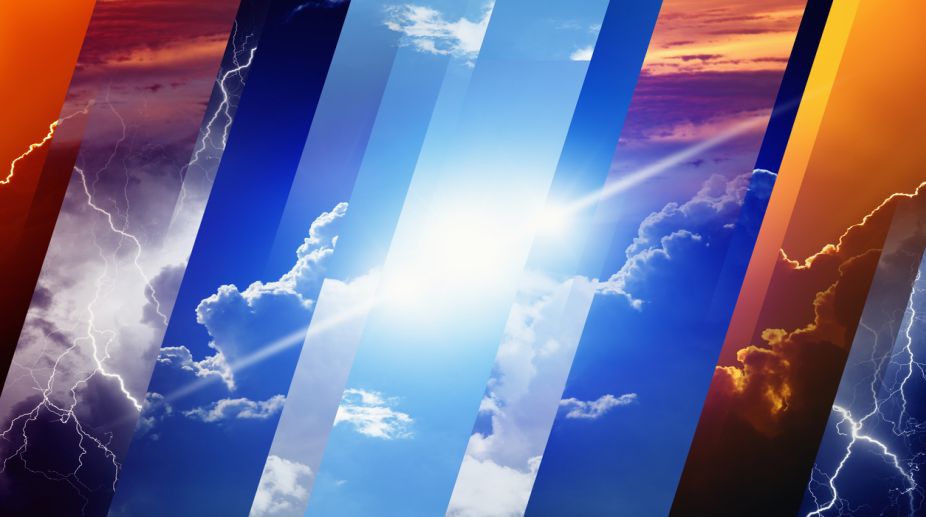The International agency of weather and climate, World Meteorological Organisation, has come out with a new theme on World Meteorological Day 2017: “Understanding Clouds”, as clouds are an important part in weather formation, which affects your mood – sad, happy, gloomy, pleasant and so on.
“The extreme weather patterns are continuing in 2017. adding at least three times so far this winter, the Arctic saw what can be called the Polar equivalent of a heatwave, with powerful Atlantic storms driving an influx of warm, moist air,” the World Meteorological Organisation report stated.
“While global temperatures hit a remarkable 1.1 degree- Celsius above the pre-industrial period, global sea-level touch record highs and the planet's sea-ice coverage dropped more than four million square kilometres below average in November an unprecedented anomaly for that month,” according to the WMO statement on global climate in 2016.
With time, humans have become more responsible toward poor climate condition, global warming and bad clouds formation. Gases and pollutions released from industries both small and heavy, thermal plants, coal, power plants, automobiles, burning of paddy stubbles in agricultural lands, bursting of crackers, burning of plastics and non-biodegradable items are some of the core reasons.
All the meteorological departments and climate bodies in India and world have transformed their technological mechanism to detect change in certain clouds and weather conditions to evade timely natural calamities and save depletion of natural resources.
All you need to know about World Meteorological Day
1. The World Meteorological Day was announced on March 23, 1950. Since then, this day has been observed every year.
2. WMO is a specialised agency of the United Nations and World Meteorological Day is an initiative by WMO.
3. This day is an attempt to celebrate the inherent beauty and aesthetic appeal of clouds, which has inspired artists, poets, musicians, photographers and countless other enthusiasts throughout history, as stated by WMO.
4. ‘Understanding Clouds’ is the theme of World Meteorological Day, 2017 to highlight the enormous importance of clouds for weather climate and water.
5. WMO supports the implementation of a number of environmental conventions and is instrumental in providing advice and assessments to governments on related matters.
Understanding Clouds
Clouds are mass of condensed water vapours that include minute particles of liquid water or ice which float in the atmosphere. Clouds also consist of non-aqueous liquid or solid particles like fumes, smoke or dust.
There are three types of clouds: High clouds, medium clouds and low clouds. High clouds are namely Cirrus, Cirrocumulus, Cirrostratus. Middle clouds are namely Altocumulus, Altostratus, Nimbostratus and Low clouds are namely Stratus, Stratocumulus, Cumulus, Cumulonimbus.
High clouds are thick and are found at top of high mountains or at the cruising altitude of a jet airplane. Middle clouds are comprised of water and ice and they are fluffy, white or grey clouds with lot of contrast between light and dark. Chances are there that they can bring rain. Low clouds are the ones that are found above tall buildings. These clouds block sunlight and can bring precipitation and wind.
Clouds give different feelings and moods to different people. Know your clouds to know your moods.











